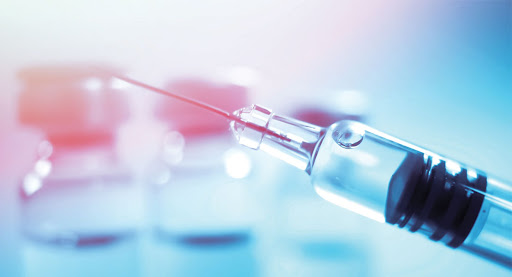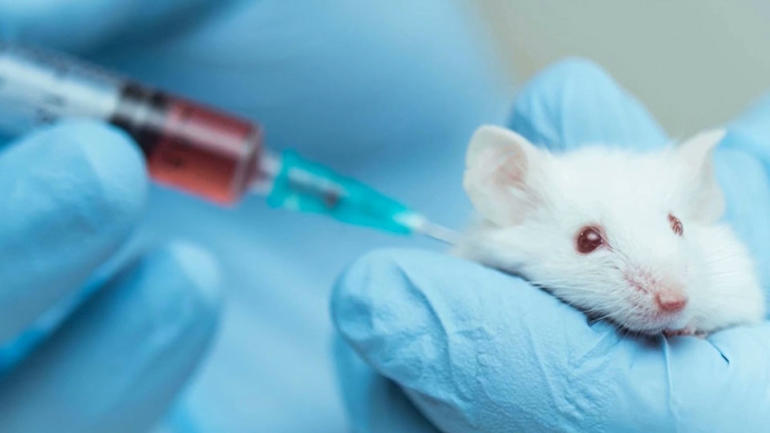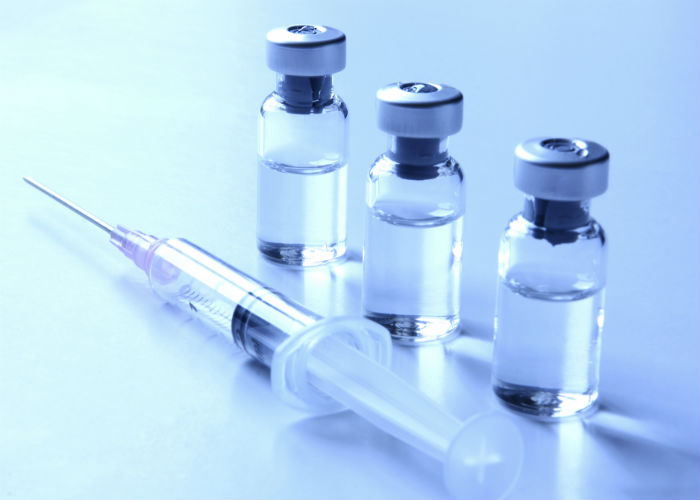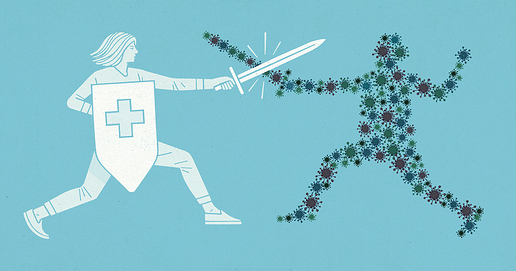Clinical trials - Experiments or observations done in clinical research settings to test a surgical method/ drug/ vaccine or a manoeuvre used in clincal setting. Done in humans.

Before starting clinical trials, the proposed method/drug/vaccine is tested in animals prior to testing in humans. And such a process is called Pre-clincal trials
The importance of these alien terms to people whoever are not in the field of research and technology is that we have a pandemic upon all our shoulders and a little bit of in-depth knowledge about when and how a vaccine that works for the COVID19 comes in the market for widespread vaccinations across the whole world possibly to steer clear of this disease in future.
" We’ll now explore about the phases in clincal trials in this article and followed by the current status of promising vaccines for COVID19 right across the globe and where they stand in the clinical trial phase "
Phases of clinical trials :
Pre-clinical phase : Testing in animal experiments and to gather the knowledge of efficacy, toxicity and pharmacokinetic information (by which route the drug works better, for example : certain drugs works best by Intramuscular route that you have commonly in the buttock region or the deltoid in shoulder and certain drugs works the best in intravenous route, hint : the one that scares the shit out of us and probably when having injections in this route, our condition was deemed a bit serious in childhood days ! Don’t worry its not always  Certain drugs work efficiently by a certain route of administration without causing much side effects.
Certain drugs work efficiently by a certain route of administration without causing much side effects.
Hence in this phase, the takeaway points are : efficacy, toxicity and pharmacokinetic information of a drug in animals
Phase 0 : After approval of a drug in preclinical testings and result, the drug is introduced in humans. This phase 0 mainly deals with oral route of administration of drug administered in sub-therapeutic doses, to just check about the bio-availability and half life of the drug
Bio-availability : if a drug is ingested at a dosage of 10 mg once, after passing onto your foodpipe (oesophagus), lands up in stomach, gets churned into small pieces and absorbed mostly in stomach and certainly some medicines in small intestine that follows stomach afterwards. Getting absorbed means, it enters the circulation and is available for the required action. But the concentration of the drug administered to the drug available in systemic circulation is greatly reduced due to the loss in the first-pass metabolism (fraction of drug lost during the process of absorption). So if a drug has a lower bioavailability, it’s concentration after first pass metabolism can be 5mg (10mg when taken orally). Hence depending upon the composition of the drug, the bio-availability varies greatly amongst the drugs. For example, the Azithromycin tablet that you all would have become familiar with during this lockdown, is a broad-spectrum antibiotic, which when taken in an empty stomach has a greater bioavailability and can be efficient more.
Half life : We all are bit peculiar with this term, may it be from physics book about elements and their half life or teen boys shooting their sorrows away in the shooting game with the name half-life. Half - life of a drug is the time taken for the plasma concentration of a drug to reduce to half its original value. By taking the before example of 10 mg drug taken by oral route, remains at 5 mg in systemic circulation after first-pass metabolism, the amount of time taken for the 5 mg to halve its concentration in blood plasma (2.5 mg)
Bioavailabilty via drugs in IV route is 100 %. Hence it is preferred when the clinical condition of a patient is turning towards moderate from mild as more drug concentration is injected and the action is also very quick.
Phase I : Testing is done in healthy individuals, with a wide range of dosages, starting from sub-therapeutic dose and ascending it in a slow fashion. This is mainly to check for the efficacy and side-effects.
Phase II : Testing is done in short group of patients of the particular disease for which the drug was designed in first place. Checks the efficacy and side effects and here in this phase, the drug is not compared with the standard drug that has already been in use for the patients.
Phase III : Testing is done in a larger population than phase 2 and here various research techniques - randomized controlled trials are deployed and the population is divided into groups. The new drug is compared with the standard drug that has already been in use for the disease and the results are obtained. Randomization is done to enable the ultimate understanding of the drug and to know whether it did really cure or neutralize the infection or disease. Many more techniques of studies are there and we are not gonna dive deep into it. The drug that is studied is compared with the drug that is already in use, to see which one is more effective and causes less side-effects.
After the completion of phase III trials, FDA approval is done and the drug is ready to be commercialized
Phase IV : Here the drug is available to the public and even then at this phase, the long term and short term side effects for it are monitored and reported and also the rare side effects for the drug is only available when marketed in larger population and a wide open eye is always on the lookout for those rare side effects and to tackle them with other drug combinations or alternate drug formulas for them.


